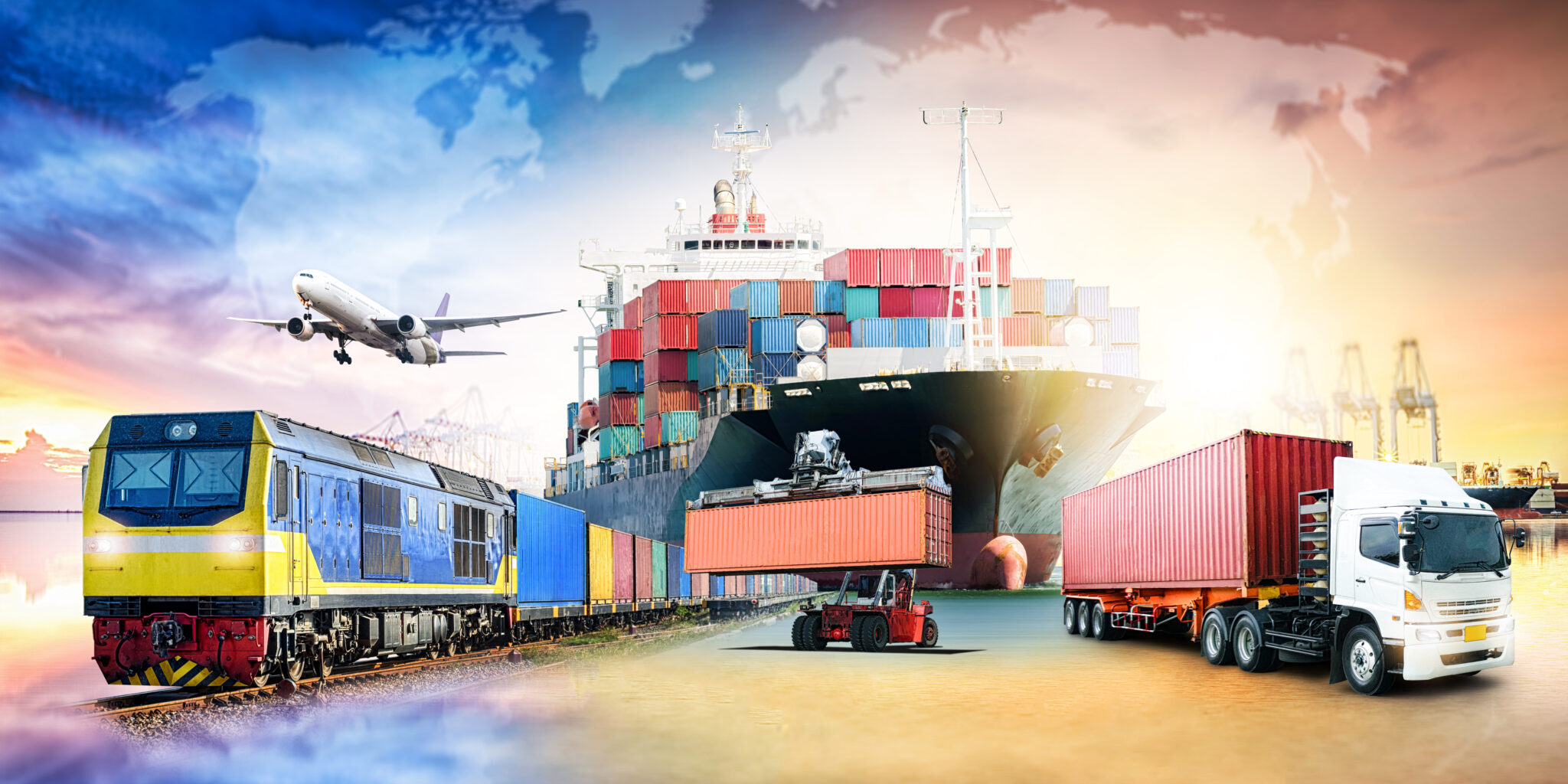Transportation, the movement of goods and persons from place to place and the various means by which such movement is accomplished. ... Transportation is treated in a number of articles. For the major types of propulsion used in modern forms of transportation, see energy conversion.

IndiGo says no direction to company in arbitration award related to promoters' feud
The London Court of International Arbitration has given the final arbitration award in the matter related to the spat between IndiGo NSE -3.51 % promoters, Rahul Bhatia and Rakesh Gangwal, and no directions have been issued to InterGlobe Aviation. InterGlobe Aviation is the parent of the country's largest airline IndiGo.
The journal Transportation focuses on issues of relevance to the formulation of policy, the preparation and evaluation of plans, and the day-to-day operational management of transport systems. It concerns itself with the policies and systems themselves, as well as with their impacts on and relationships with other aspects of the social, economic and physical environment
THE NEED FOR TRANSPORTATION
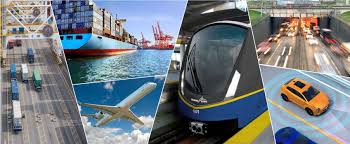
TRANSPORTATION MODES
Transportation is needed because few economic resources—raw materials, fuels, food, manufactured goods—are located where they are wanted. Each region or place on Earth produces more than it consumes of some goods and services and less than it consumes of others. Through transportation, goods are moved from where there are surpluses to where there are shortages. Improved transportation has extended the areas in which various goods can be profitably marketed and thus has helped make the goods widely available.
The various means, or modes, of transportation consist of both the specific types of vehicles used and the facilities needed for their movement. The modes include people walking and carrying loads, human-powered machines such as bicycles, draft animals pulling wagons and coaches, and pack animals; motor-powered highway vehicles such as trucks, buses, automobiles, taxis, and motorcycles; water carriers such as ships, barges, hydrofoils, and hovercraft; railroad trains; aircraft; and devices such as chutes, conveyor belts, pipelines, and electric lines.
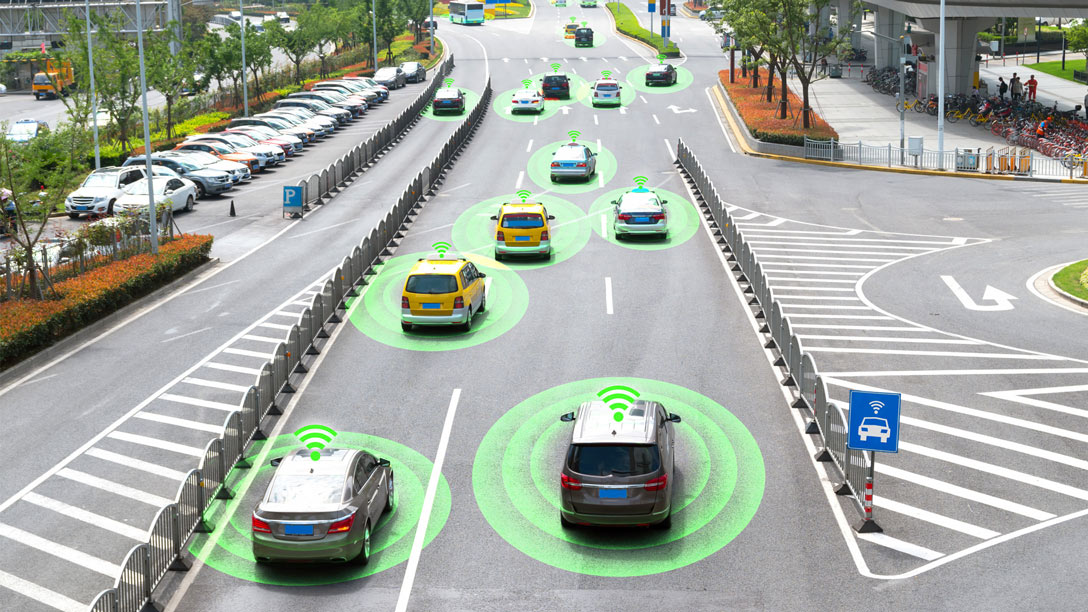
FREIGHT TRANSPORTATION
Heavy or bulky goods and those of low value in proportion to their weight or bulk generally tend to be moved by transportation modes that use large vehicles such as ships and barges, which travel at slow speeds. Compact, perishable, and high-value goods tend to be moved by transportation modes that use small vehicles such as trucks and especially aircraft, which travel at high speeds.
Goods being transported can be classified into general cargo, or package freight, on the one hand and bulk cargo on the other. General cargo usually consists of merchandise, including manufactured items such as machinery, that has a high value in proportion to its weight or to the space it occupies in a vehicle. Bulk cargo generally consists of goods that are of low value in proportion to their weight or bulk. They include ores, grains, coal, oil, petroleum products, and other raw materials and fuels.
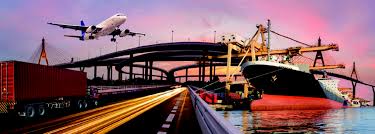
PASSENGER TRANSPORTATION
In metropolitan areas of the United States, movements of people between home and work account for about 40 percent of the total number of passenger journeys. Recreational trips account for about 15 percent of all trips in the typical urban area. Automobile riding, for example, is not only a means of reaching a destination but is a popular form of outdoor recreation. Recreational boating also is popular. Cruise ships have made up the major proportion of ocean-going passenger vessels since jet aircraft became the favored mode of transoceanic travel.

TRANSPORTATION TERMINALS
There are several types of transportation carrier organizations. Common carriers offer their services to the general public at standard terms and rates. They usually operate over fixed routes and on regular schedules. In the United States all interstate common carriers are regulated by the federal government. Almost all railroads and intercity bus services are common carriers, as is much of intercity trucking, inland waterway barge traffic, and petroleum pipelines. All are regulated by the Interstate Commerce Commission (ICC) or by individual states. Almost all scheduled airlines in the United States are regulated by the Federal Aviation Administration (FAA).
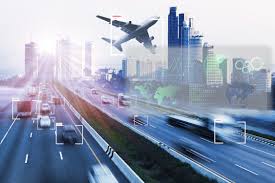
CARRIER ORGANIZATIONS
A transportation terminal is the place where goods and people are transferred from one carrier or mode to another. It is the place where vehicles are loaded and unloaded or where several vehicles are assembled into or separated from trains. Terminals are located where transportation routes intersect and where journeys or shipments begin or end. They include seaports, airports, railroad yards and depots, truck terminals, bus stations, and automobile parking lots.
Modern commercial airports require even more space. Chicago-O’Hare International Airport, for example, covers ten square miles (25 square kilometers). Even larger are airports such as those for Dallas-Fort Worth, Tex.; Kansas City, Mo.; and Los Angeles, Calif. Airports also need unobstructed space for long distances past the ends of their runways. A modern railroad classification yard, in which trains are assembled and disassembled, may be as much as 1/2 by 5 miles (1 by 8 kilometers).
Passengers wait for the arrivals and departures of common and charter carriers at airport, railroad, and bus terminals. Amenities include ticket offices, waiting rooms, toilet facilities, and a variety of business establishments. In terminals handling international traffic, there are customs, immigration, public health, and quarantine facilities. In and near major railroad stations and airports there often are hotels
